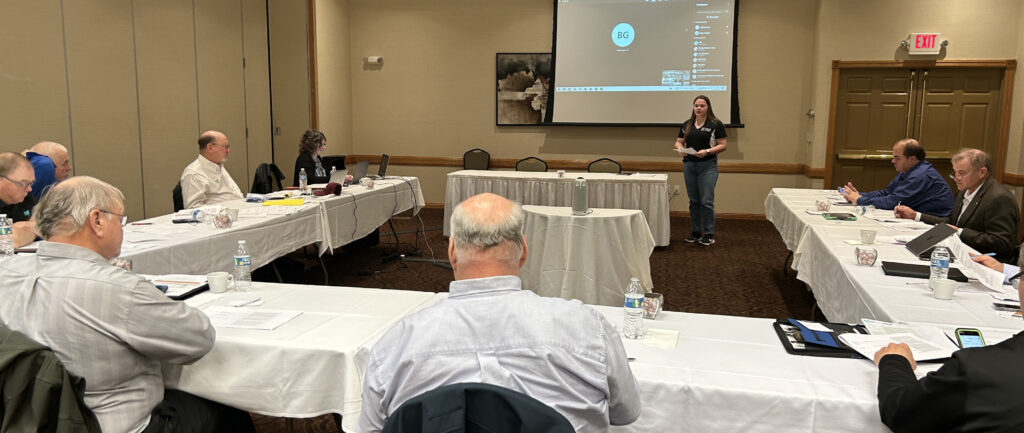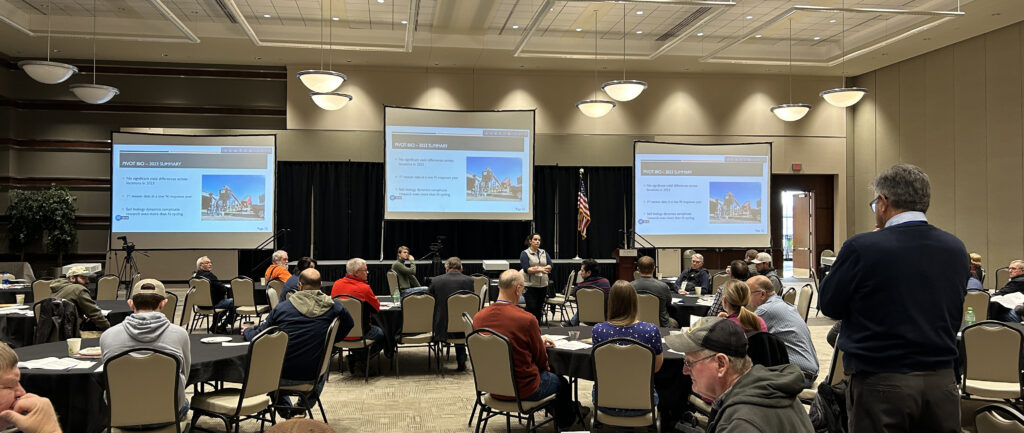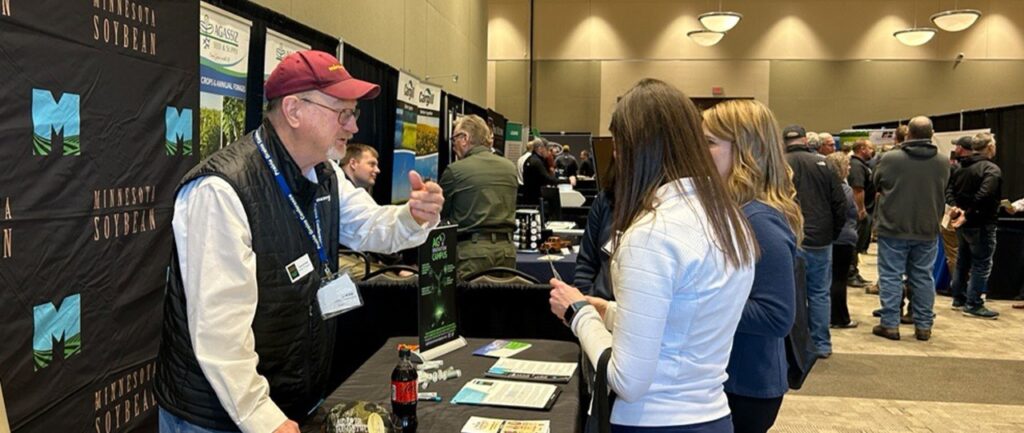As planting season starts, the question as to fertilizer placement frequently rises. The correct answer is always, it depends. Usually an understanding of how the nutrient and plant root get together helps clarify, it depends.
Our current knowledge indicates essential nutrients are transported next to the root through one of three ways- root interception, mass flow and diffusion. All nutrients reach the root this way but environmental conditions and nutrient/mineral solubility greatly affect which method is most important at any one moment during the growing season.
With root interception, the root grows to meet the nutrient. This is very obviously root growth rate dependent. Early in the growing season, root volume is small, and consequently, root interception is limited. Later in the season, as the root system size and root growth is optimized, root interception can greatly affect nutrient transport to the root. If nutrient levels in the soil are relatively large, calcium for example, then root interception is often the dominant transport method. Root interception is enhanced with broadcast and incorporation or banding. Either method will work as long as the root grows in that direction. Depending on mineral solubility, applying fertilizer above the seed may reduce the effectiveness of root interception
Mass flow occurs when the leaf stomata opens, moisture is released to the atmosphere and the plant acts as a soil water pump. Water moves from point A toward the root. Any nutrient dissolved in the soil water is carried toward the root. As you can imagine, early in the growing season, mass flow has limited impact on nutrient movement. After canopy closure, with high evapotranspiration rates, maximum leaf counts and increased root volume, nutrient movement due to mass flow can be quite significant. One can feel the humidity rising from the fields in mid-to-late afternoon during the wonderful Minnesota summers. This also means dissolved nutrients are moving toward the plant at the same time.
The final known method is diffusion. Diffusion is the movement of ions across the soil solution to the root surface in response to a concentration gradient, i.e., they move from an area of high concentration to an area of lower concentration. This process would continue until either equilibrium (equal concentrations) is met, or environmental conditions prohibit movement (frozen soil, or lack of soil water (drought)). Thus, a high concentration in the soil solution and a low concentration at the root cause the nutrients to move to the root surface, where they can be taken up. Diffusion is most important with nutrient sources that have extremely low solubility, such as phosphorus.
What does this mean to you? It means know your fertilizer, know your soil and know your crop.
If your fertilizer is extremely soluble and moves easily through the soil, such as most dry nitrogen products, surface application produces reasonable results. If on the other hand, your nutrient source dissolves very slowly, reacts readily with other ions, and relies on diffusion for transportation to the root, it should be placed where root interception is increased (incorporation or branding) and diffusion is maximized (banding).
If you are depending on root interception and mass flow to deliver your nutrient to the plant, you might expect limited nutrient availability early in the growing season, when soil temperature is low (low diffusion rates) and soybeans are newly emerged (limited root and leaf volume). In that situation, you may need to place the nutrient close to the plant to overcome certain deficiencies (band or in-furrow).
Again, it all depends. You have several tools in your toolbox. Pick the right one for your situation.







